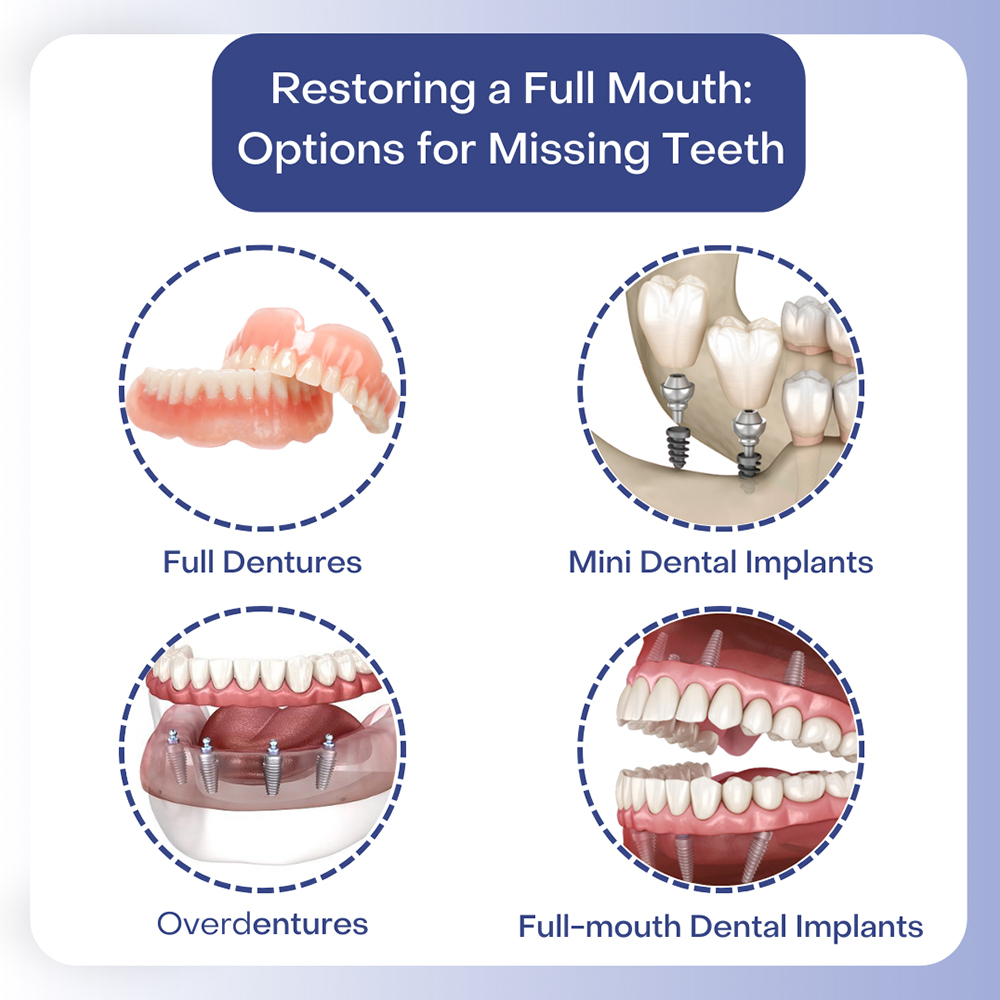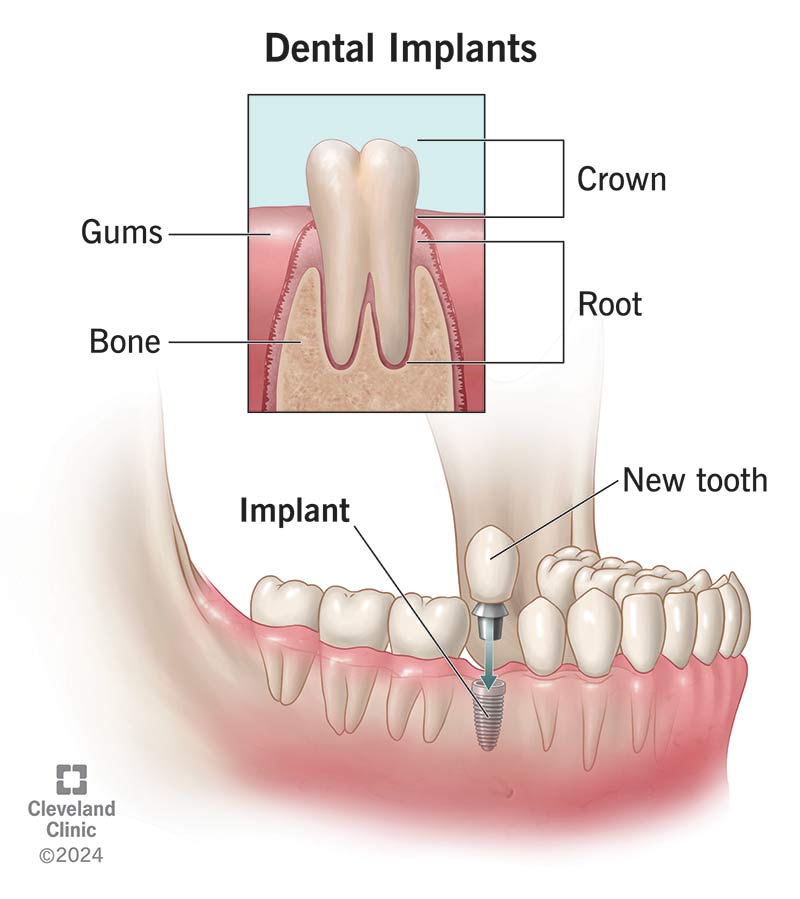Some Ideas on Dental Sense You Need To Know
Table of ContentsThe Ultimate Guide To Dental SenseThe Best Guide To Dental SenseRumored Buzz on Dental SenseAll About Dental Sense
are clinical tools operatively implanted into the jaw to restore an individual's capacity to eat or their appearance. They offer support for fabricated (fake) teeth, such as crowns, bridges, or dentures. When a tooth is shed as a result of injury or illness, a person can experience problems such as rapid bone loss, malfunctioning speech, or adjustments to chewing patterns that result in pain.Dental implant systems are composed of a dental implant body and oral implant joint and may additionally consist of an abutment fixation screw. Root canal procedure. The oral implant body is operatively inserted in the jawbone instead of the tooth's root. The oral implant abutment is usually connected to the implant body by the joint addiction screw and prolongs via periodontals into the mouth to sustain the attached fabricated teeth
Cigarette smoking may affect the recovery procedure and decrease the lasting success of the dental implant. The recovery procedure for the implant body may take several months or longer, during which time you generally have a short-lived abutment instead of the tooth. the oral implant procedure: Carefully comply with the dental hygiene directions offered to you by your oral service provider.
The Ultimate Guide To Dental Sense
Implant failing can result in the need for an additional operation to take care of or change the implant system. Recovers the capability to eat Brings back cosmetic appearance Aids keep the jawbone from shrinking as a result of bone loss Protects the health of the surrounding bone and gum tissues Aids maintain nearby (neighboring) teeth stable Boosts lifestyle Damages to bordering all-natural teeth during implant placement Injury to the surrounding tissues throughout surgical procedure, such as sinus opening Injury throughout surgical treatment (for instance, crack of surrounding jawbone) Inadequate function, such as feeling like the teeth do not bite together generally An experience that the tooth hangs or twisting in place resulting from an abutment screw loosening Implant body failure (looseness of the implant body) because of systemic infection, which might be most likely in patients with uncontrolled diabetics issues because of neighborhood infection in bone and gum tissues sustaining the dental implant body as a result of postponed recovery, which might be more probable in clients who smoke Problem cleaning up the gums around the implant, resulting in bad oral hygiene Neglected periodontal disease Post-surgical pins and needles due to nerve impingement or damage Constantly inform wellness treatment carriers and imaging technicians that you have oral implants prior to any type of magnetic resonance imaging (MRI) or x-ray treatments.
FDA is not conscious of any type of unfavorable events reported for MRI or x-ray treatments with oral implants. Dental implants systems are generally made of products that comply with international agreement requirements of the International Organization for Standardization (ISO) or ASTM International. These standards have information of what makes a risk-free material.

A dental implant is a structure that changes a missing tooth. With screw-like gadgets, the doctor inserts an implant right into the jawbone, and it works as an anchor for a fabricated tooth, called a crown. A device called an abutment links the artificial tooth to the dental implant. The crown is tailor-made to fit the individual's mouth and match the color of their teeth.
See This Report about Dental Sense
Some people are not qualified for oral implant surgical procedure. It is for oral cosmetic surgeons to operate people with: acute illnessuncontrollable metabolic diseasebone or soft tissue condition or infectionIf these concerns are fixed, a person can have the surgical treatment. In, dental surgeons avoid running on individuals with: If people with any of the above undergo oral implant surgical procedure, there is a higher risk of the implant stopping working.

Dental dental implant surgical procedure is a tailored process. It's not the exact same for every person. The complying with provides a basic review of what you can expect your dental professional, oral doctor, periodontist or prosthodontist to do: Position the dental implant operatively. Offer you time to recover. Affix the blog see this post and last crown, bridge or denture.
Next, your specialist will meticulously position the oral implant right into your jaw. Lastly, your doctor will certainly reposition your periodontals and close the incision with stitches. If your dental implant is near the front of your mouth, your dental practitioner will certainly make a momentary tooth for you to use up until you heal. By doing this, you will not have a space in your smile while you recuperate.
Getting My Dental Sense To Work
Throughout the healing stage, your jawbone should fuse to the oral implant. This procedure can take anywhere from three to 9 months.
As soon as your dental implant heals, your dentist can affix the joint (tiny port article) and your last remediation (crown, bridge or denture). This generally takes about one hour to finish and might require a 2nd small surgery. You shouldn't feel any kind of discomfort during your dental implant treatment due to the fact that your supplier will certainly use medication to numb your periodontals.
Comments on “Some Known Details About Dental Sense”